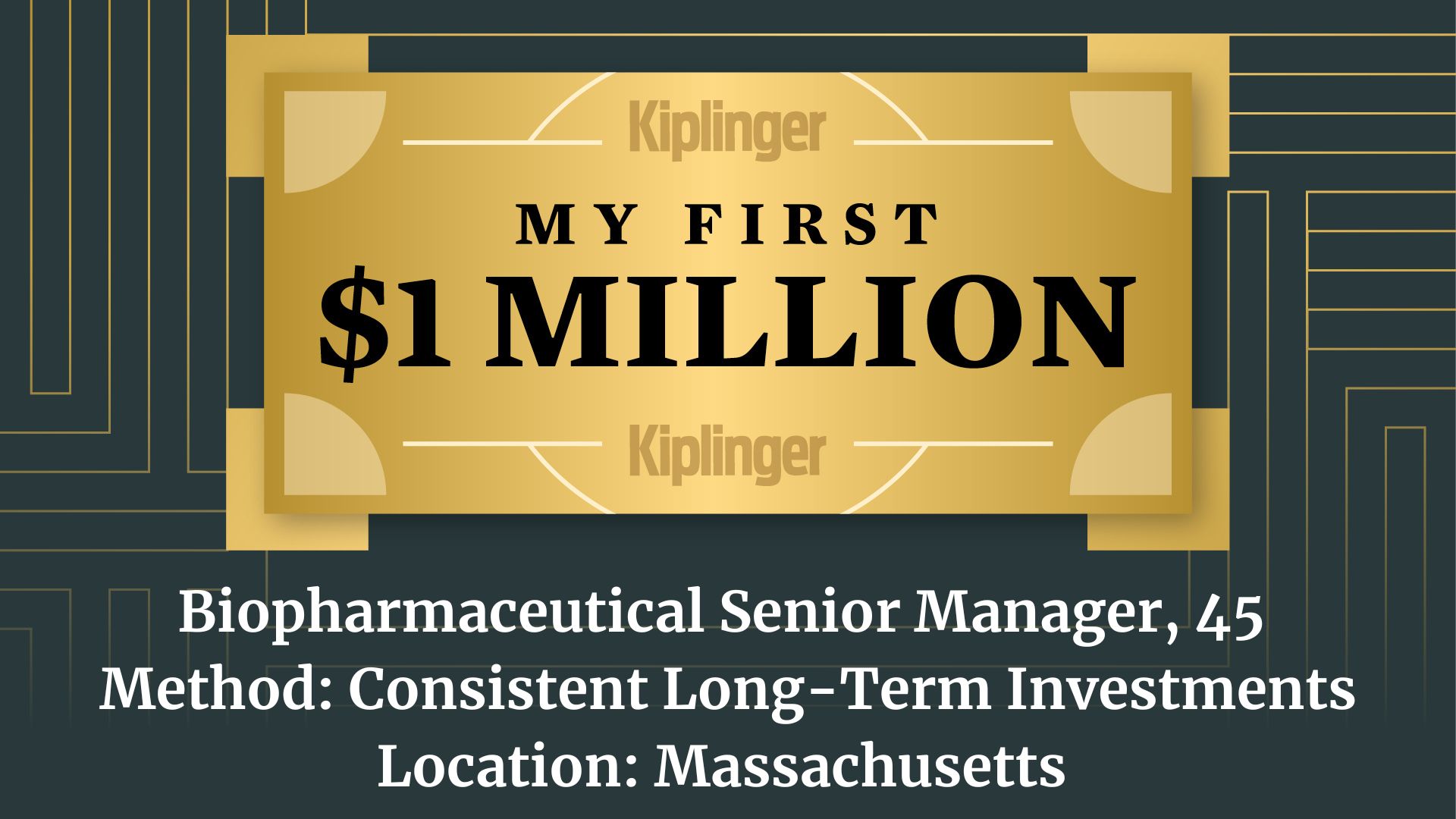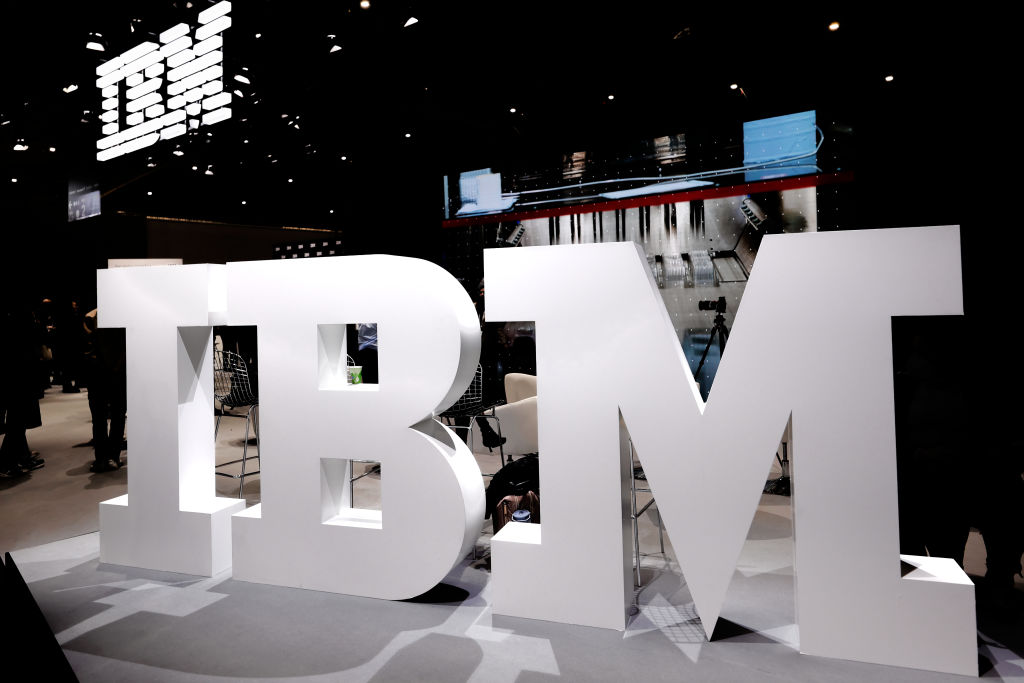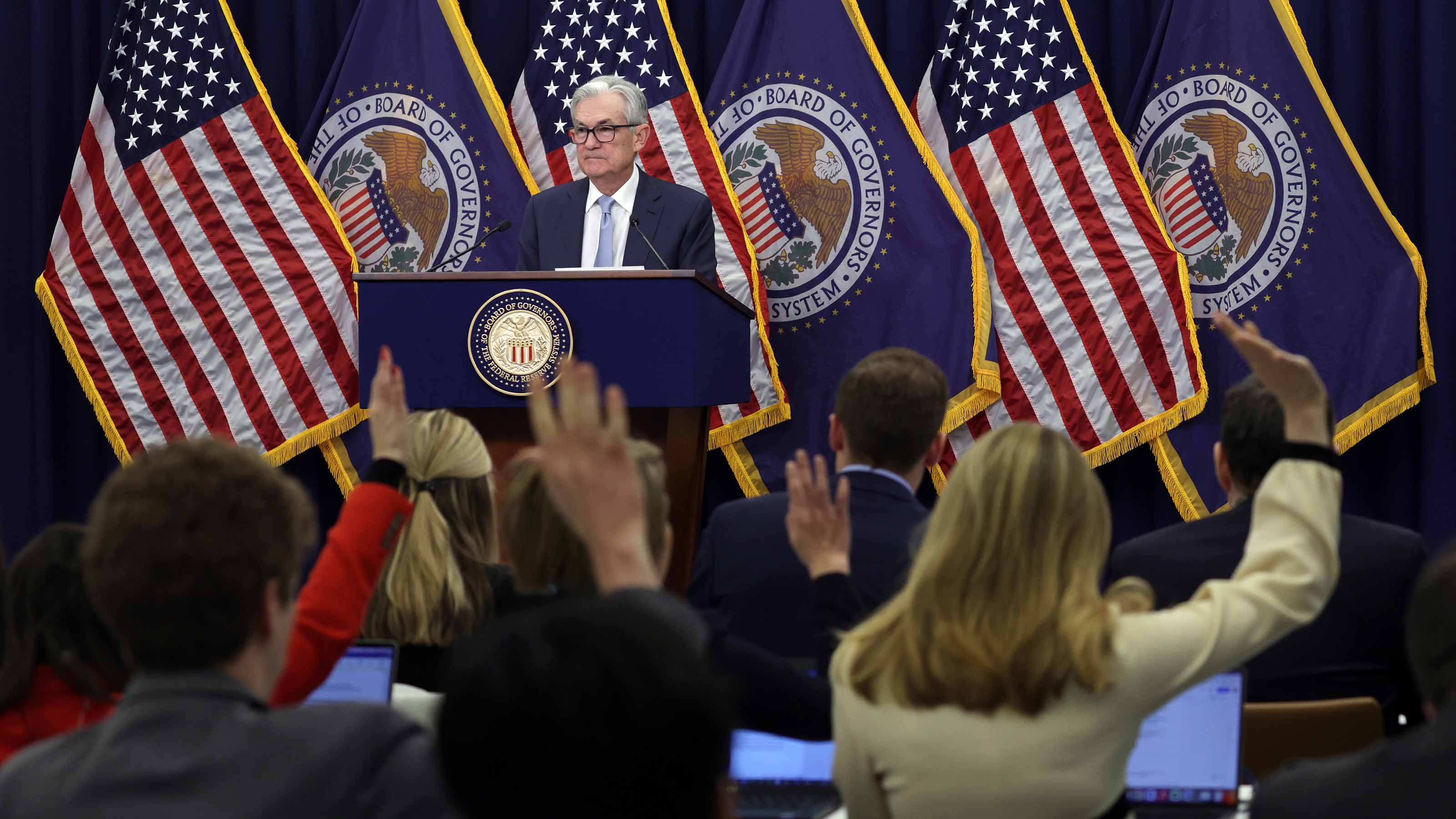Kiplinger Interest Rates Outlook: Fed Cuts Rates, With More Expected
Despite little progress on inflation, the Fed has cut rates to encourage job growth.

Kiplinger’s Economic Outlooks are written by the staff of our weekly Kiplinger Letter and are unavailable elsewhere. Click here for a free issue of The Kiplinger Letter or to subscribe for the latest trends and forecasts from our highly experienced Kiplinger Letter team.
Two poor employment reports in a row have forced the Federal Reserve to cut its benchmark interest rate by a quarter-point at its September 17 policy meeting. One or two more rate cuts will also likely occur at the last two meetings of the year. Inflationary concerns will take a back seat to worries about a slowing economy for a while. Fed Chair Jerome Powell had previously emphasized that the Fed wasn’t cutting rates as long as inflation was above target and the labor market was still solid. But the weak jobs reports of recent months undercut the latter half of that narrative.
The 10-year Treasury rate has dropped to 4.0%, and may dip further, depending on future job reports, but will at some point rebound somewhat due to ongoing inflation reports that are still too high, plus renewed focus on the mounting borrowing needed to finance the federal government’s deficits. The 10-year yield is often used as the benchmark for setting mortgage and auto loan rates.
From just $107.88 $24.99 for Kiplinger Personal Finance
Be a smarter, better informed investor.

Sign up for Kiplinger’s Free Newsletters
Profit and prosper with the best of expert advice on investing, taxes, retirement, personal finance and more - straight to your e-mail.
Profit and prosper with the best of expert advice - straight to your e-mail.
The bond market’s yield curve will become fully upward sloping sometime next year. Bond investors’ concern that an economic slowdown looms is shown by the fact that current one- to seven-year Treasury notes have lower yields than short-term Treasury bills that mature in a few months. But 20- and 30-year bond yields have picked up by more than the 10-year yield in recent months, indicating that both long-term inflation and government deficits are a rising concern among bond traders. The result is a U-shaped yield curve, with higher short and long yields than medium-term ones. As the uncertainties of tariff policy gradually get resolved, fears of a recession will diminish and medium-term rates are likely to pick up. The long end of the yield curve is likely to stay elevated. We expect short rates to fall next year, so the yield curve by the end of 2026 is likely to be consistently upward sloping along its entire length, for the first time since 2021.
Mortgage rates have dipped this month as the lack of hiring in the labor market has fueled recession concerns and weighed on the 10-year Treasury’s yield. 30-year fixed-rate mortgages are currently around 6.3%. 15-year loans are at 5.5% for borrowers with good credit. If the economy weakens more, then rates should decline further. Mortgage rates are still higher than normal relative to Treasuries, but whenever the Fed cuts short-term rates again, that will boost banks’ lending margins, which should eventually lower mortgage rates a bit, too.
Top-rated corporate bond yields have also been following Treasury yields. AAA-rated long-term corporate bonds are yielding 4.5%, BBB-rated bonds are at 4.9%, and CCC-rated bonds recently eased to 11.6%. CCC-rated bond rates tend to rise when the risk of recession rises. The fact that they declined, despite the worries about the economy slowing, is likely due to hopes for more Fed rate cuts. That could ease the financial burden of businesses that are heavily indebted.
Related Content
Profit and prosper with the best of Kiplinger's advice on investing, taxes, retirement, personal finance and much more. Delivered daily. Enter your email in the box and click Sign Me Up.

David is both staff economist and reporter for The Kiplinger Letter, overseeing Kiplinger forecasts for the U.S. and world economies. Previously, he was senior principal economist in the Center for Forecasting and Modeling at IHS/GlobalInsight, and an economist in the Chief Economist's Office of the U.S. Department of Commerce. David has co-written weekly reports on economic conditions since 1992, and has forecasted GDP and its components since 1995, beating the Blue Chip Indicators forecasts two-thirds of the time. David is a Certified Business Economist as recognized by the National Association for Business Economics. He has two master's degrees and is ABD in economics from the University of North Carolina at Chapel Hill.
-
 How Prepaid Verizon Phone Service Works and When It's a Smart Choice
How Prepaid Verizon Phone Service Works and When It's a Smart ChoiceExplore the differences between Verizon Prepaid and Verizon Postpaid plans—costs, perks, flexibility, and when going prepaid makes sense.
-
 Try This One-Minute Test to Uncover Hidden Health Risks
Try This One-Minute Test to Uncover Hidden Health RisksFinding out this little-known fact about your body could reveal your risk of heart disease and more. It's a simple, free check for healthy aging.
-
 How Prepaid Verizon Phone Service Works and When It's a Smart Choice
How Prepaid Verizon Phone Service Works and When It's a Smart ChoiceExplore the differences between Verizon Prepaid and Verizon Postpaid plans—costs, perks, flexibility, and when going prepaid makes sense.
-
 Child-Free Cruises Perfect For Your Retirement Celebration
Child-Free Cruises Perfect For Your Retirement CelebrationHow to find a bespoke ocean or river vacation for adults. Many of these options are smaller, charming river cruises, expeditions, or niche experiences.
-
 My First $1 Million: Biopharmaceutical Senior Manager, 45, Massachusetts
My First $1 Million: Biopharmaceutical Senior Manager, 45, MassachusettsEver wonder how someone who's made a million dollars or more did it? Kiplinger's My First $1 Million series uncovers the answers.
-
 Social Security Wisdom From a Financial Adviser Receiving Benefits Himself
Social Security Wisdom From a Financial Adviser Receiving Benefits HimselfYou don't know what you don't know, and with Social Security, that can be a costly problem for retirees — one that can last a lifetime.
-
 Take It From a Tax Expert: The True Measure of Your Retirement Readiness Isn't the Size of Your Nest Egg
Take It From a Tax Expert: The True Measure of Your Retirement Readiness Isn't the Size of Your Nest EggA sizable nest egg is a good start, but your plan should include two to five years of basic expenses in conservative, liquid accounts as a buffer against market volatility, inflation and taxes.
-
 Dow Adds 472 Points After September CPI: Stock Market Today
Dow Adds 472 Points After September CPI: Stock Market TodayIBM and Advanced Micro Devices created tailwinds for the main indexes after scoring a major quantum-computing win.
-
 October Fed Meeting: Live Updates and Commentary
October Fed Meeting: Live Updates and CommentaryThe October Fed meeting is a key economic event, with Wall Street waiting to see what Fed Chair Powell & Co. will do about interest rates.
-
 What Is the 1% Deductible Rule in Home Insurance?
What Is the 1% Deductible Rule in Home Insurance?You could be overpaying for home insurance if your deductible is too low. But going too high can be just as risky. That's where the 1% deductible rule comes in.